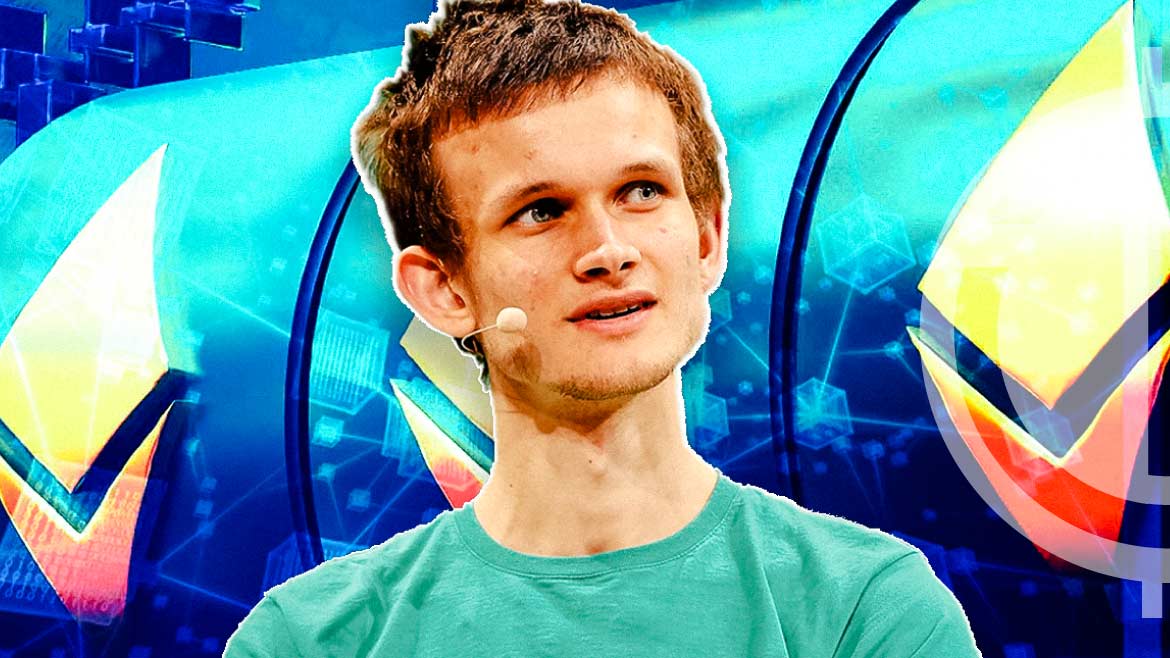- Vitalik Buterin’s startling disclosure unveils hidden flaws in Ethereum’s layer 2 projects, prompting decentralization debate amid scaling efforts.
- Despite layer 2’s efficiency claims, Buterin’s revelation of concealed backdoors has cast uncertainty on the decentralization of projects like Arbitrum and Optimism.
- Accessible backdoors challenge Ethereum’s security-decentralization balance, echoing Buterin and analyst Chris Blec.
In a surprising turn of events, Vitalik Buterin, co-founder of Ethereum, has thrust Layer 2 projects like Arbitrum and Optimism into the spotlight by revealing a hidden backdoor within the Ethereum blockchain. This revelation, shared by Buterin, has ignited a fiery debate within the cryptocurrency community, challenging the presumed decentralization of these scaling solutions.
According to a recent report, Layer 2 solutions have been hailed as a game-changer for Ethereum, heralding greater efficiency and reduced transaction costs. However, Buterin’s assertion that all Layer 2 projects and rollups harbor a concealed backdoor has cast doubt on their level of decentralization. This unexpected revelation has overtaken the crypto world, prompting renewed scrutiny of Ethereum’s scaling strategies.
The essence of this backdoor lies in the accessibility granted to developers and project administrators through multisig wallets. This access enables them to enact protocol changes when necessary, functioning as “training wheels” for the Ethereum blockchain. The implications are profound and have spurred a division in ideology among crypto enthusiasts. On one side, proponents argue that this mechanism can be a practical safeguard, while on the other, purists demand the unwavering sanctity of immutable and fully decentralized protocols.
Crypto and DeFi analyst Chris Blec aligns with Buterin’s stance. Blec has been vocal in characterizing Layer 2 protocols as the dawn of “banking 2.0,” signaling an era that may attract regulatory attention sooner rather than later. This alignment of opinion between Blec and Buterin underscores the gravity of the concerns raised regarding Layer 2 decentralization.
Despite the aspirations of projects like Arbitrum and Optimism to achieve complete decentralization, a backdoor raises questions about this goal’s feasibility. Interestingly, this is not a singular instance within the Ethereum ecosystem. Even the bedrock stablecoins, USD Tether (USDT) and USD Coin (USDC), are examples of projects with centralized control. Their development teams retain the power to freeze assets in response to security threats, advocating for a “centralization for security” approach.
Balancing this delicate equation is no easy task. Removing the contentious backdoor could introduce new vulnerabilities, while its persistence contradicts the essence of decentralization. As the crypto community grapples with this predicament, the Ethereum landscape stands at a crossroads, facing tough decisions that could shape its future trajectory.






